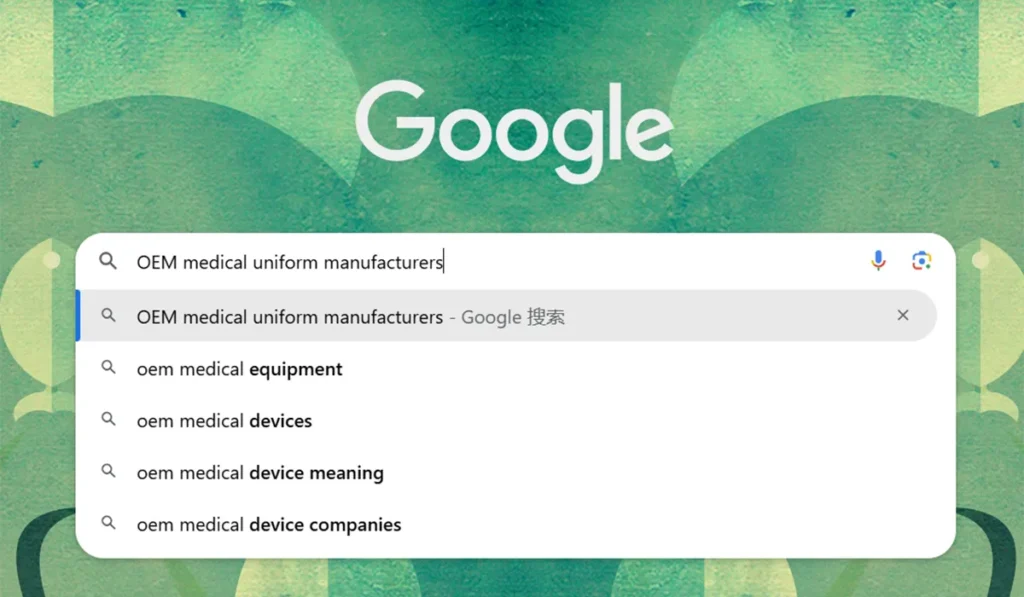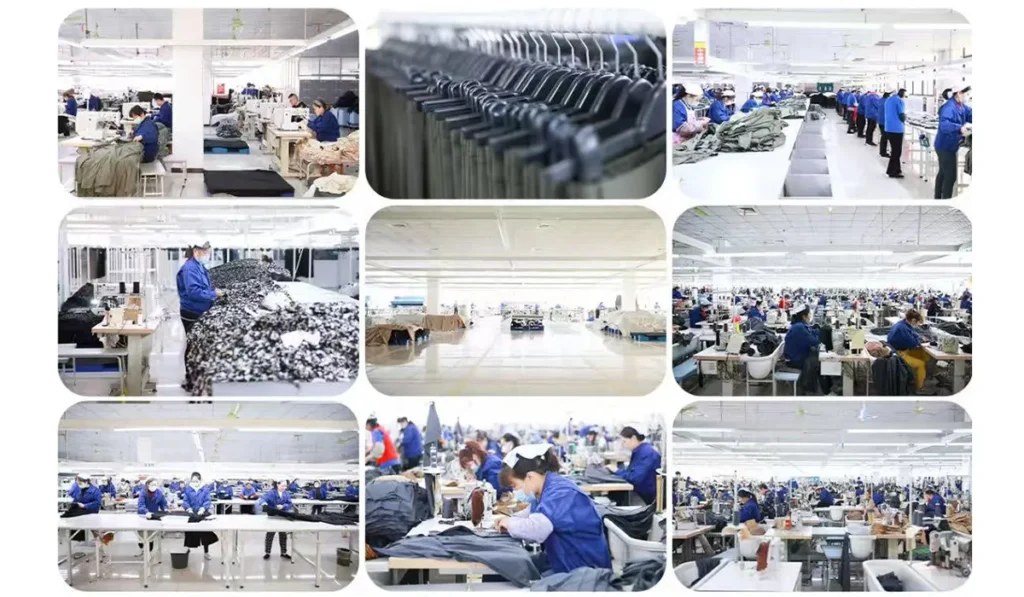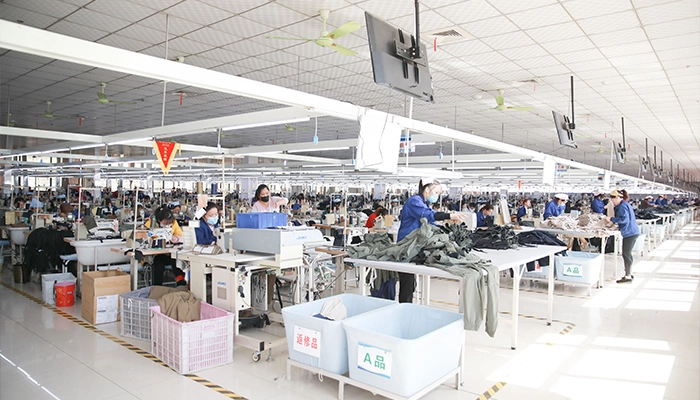As the healthcare sector expands—driven by growing hospitals, clinics, and care facilities—the demand for specialized medical uniforms continues to rise. For brands seeking to meet this need efficiently, outsourcing production to OEM (Original Equipment Manufacturer) partners has become a strategic choice. Selecting the right OEM ensures brand consistency, strict quality control, and cost optimization. Below is a streamlined, industry-aligned guide to navigating this process.
1. Understanding OEM in Medical Apparel
An OEM produces goods according to a client’s design specifications, offering more than standardized styles. For medical uniforms, this means bespoke solutions—custom fabrics (e.g., antimicrobial blends), color palettes, silhouettes, and branded elements (logos, reflective strips). By leveraging OEM expertise, brands avoid the overhead of in-house production, gaining unique, compliant garments that reinforce brand identity while scaling efficiently.
2. Leverage Digital Sourcing via Google
Start with targeted online searches using industry-specific keywords:
- “OEM medical uniform manufacturers”
- “custom healthcare apparel suppliers”
- “bespoke scrub manufacturers”

Manufacturers’ official websites typically showcase technical capabilities (fabric certifications, production workflows), portfolio ranges (surgical gowns, scrubs, lab coats), and client partnerships. Evaluate:
- Third-party reviews (on platforms like Alibaba, Thomasnet, or Trustpilot)
- Case studies or case histories to gauge experience with similar brands
- Compliance with global standards (e.g., ISO 13485 for medical devices, OEKO-TEX® for textile safety)
3. Engaging at Industry Trade Shows
Attend textile and healthcare apparel expos (e.g., Canton Fair, IMIS, Texworld, or local regional shows) to:
- Face-to-Face Interaction: Discuss requirements with manufacturers, including fabric performance (e.g., flame resistance, moisture-wicking), customization options, and MOQ (Minimum Order Quantity).
- Sample Evaluation: Inspect physical samples to assess stitching precision, fabric hand feel, and compliance with ergonomic design (e.g., stretch panels for mobility).
- Trend Awareness: Stay updated on innovations like antiviral textiles or RFID-enabled uniforms for inventory tracking.

4. Validating Manufacturer Credentials
Prioritize partners with robust quality management systems (QMS) and verifiable accreditations:
- Certifications: Look for ISO 9001 (quality management), ISO 14001 (environmental sustainability), or healthcare-specific compliance (e.g., AAMI PB70 for fluid resistance).
- Factory audits: Request reports from recognized firms (SGS, Bureau Veritas) to confirm ethical practices (fair labor, safe working conditions) and production hygiene (critical for sterile environments).
- Track record: Inquire about past projects for similar clients (e.g., hospital groups, senior care chains) to assess reliability.
5. Assessing Production Capabilities & Lead Times
Align the manufacturer’s capacity with your demand:
- Scale readiness: Confirm they have adequate production infrastructure (automated cutting systems, multi-line sewing facilities) to handle large orders (10k+ units) without compromising speed.
- Lead time flexibility: For urgent orders, ensure they offer expedited sampling (7–10 days) and adaptable production schedules. Ask about contingency plans for material shortages or logistics delays.
- Tech integration: Manufacturers using CAD/CAM systems or ERP software often provide faster turnaround and precise size grading (critical for inclusive sizing ranges).

6. Sample Evaluation & Performance Testing
Before full production, request pre-production samples to validate:
- Fabric performance: Test for breathability, shrinkage, pilling resistance, and antimicrobial efficacy (e.g., via AATCC 100 testing).
- Workmanship: Inspect seam strength (bursting strength tests), buttonhole durability, and logo adhesion (wash/abrasion resistance).
- Fit and functionality: Have healthcare workers trial samples to assess mobility, pocket accessibility, and comfort during 12+ hour shifts.
7. Negotiating Pricing & Terms
Balance cost with value by evaluating:
- MOQ (Minimum Order Quantity): Ensure it aligns with your inventory strategy (e.g., 500 units for startups vs. 3,000+ for established brands).
- Cost components: Clarify if pricing includes value-added services (labeling, custom packaging, compliance documentation) or excludes hidden fees (import duties, rush charges).
- Payment terms: Negotiate flexible options (T/T, LC,or partial deposits) and confirm warranty policies for defects or non-compliant batches.
8. Mapping Production & Logistics Transparency
Finalize the partnership by defining end-to-end processes:
- Production timeline: Require a Gantt chart outlining milestones (pattern approval, cutting, sewing, QC, finishing) with clear accountability for delays.
- Logistics management: Confirm shipping methods (sea, air, or rail), customs documentation support, and tracking protocols. For delicate items (sterile gowns), ensure manufacturers use anti-contamination packaging (polyethylene bags, sealed cartons).
- Communication channels: Establish a dedicated point person for real-time updates and resolve issues via regular video conferences or shared project management tools (Asana, Trello).
Partnering with Howyue Uniform: Your OEM Expert
At Howyue Uniform, we specialize in turnkey medical apparel solutions, combining technical precision with scalable production:
- Compliance: All fabrics meet AAMI, OEKO-TEX®, and ISO standards, with optional antimicrobial/fluid-resistant treatments.
- Customization: Full design support, from pattern development to logo embroidery and reflective tape application.
- Reliability: State-of-the-art facilities ensuring 98% on-time delivery, backed by a 3-step QC process (pre-production, in-line, final audit).
Ready to elevate your medical uniform program?
Explore Our Solutions>>>HOWYUE UNIFORM MANUFACTURER
Connect with Our Team>>>Contact Us




